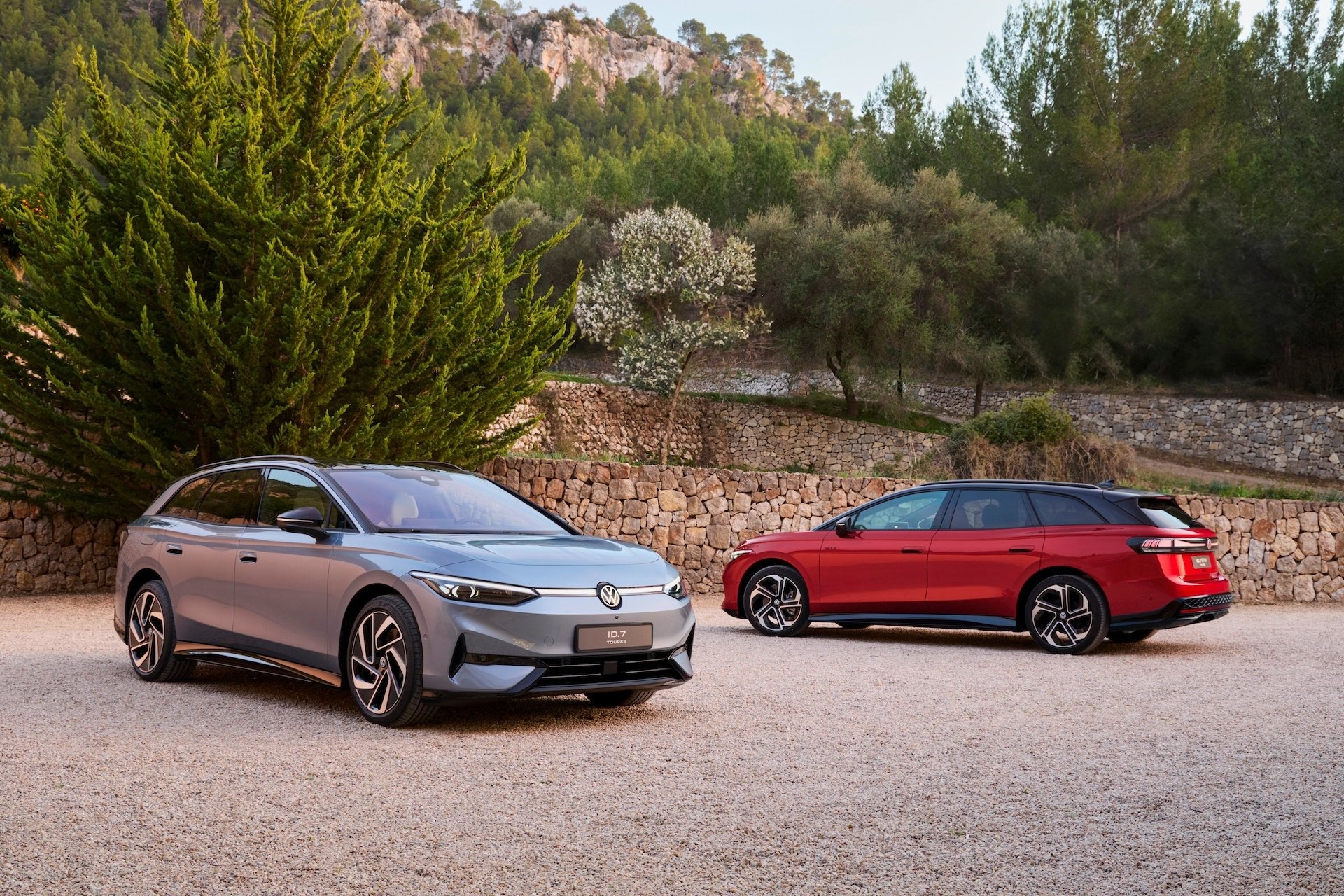Volkswagen ID.7 GTX: The New Electric Sports Station Wagon
In a world where electric mobility becomes the norm, Volkswagen pushes the limits of innovation with the launch of the Volkswagen ID.7 GTX, a technological feat that marks a decisive turning point in the segment of electric sports station wagons. Designed to combine performance, aesthetics, and environmental respect, this vehicle embodies the brand’s commitment to sustainable mobility without compromising on driving pleasure.
Focus on the Volkswagen ID.7 GTX: An Innovative Design
Exterior and Interior Design

The design of the Volkswagen ID.7 GTX captivates at first glance. With its streamlined and dynamic lines, this sports station wagon displays a robust yet elegant appearance. The front of the vehicle is distinguished by a closed grille typical of electric cars, framed by intelligent LED headlights that enhance its piercing look. The rear is highlighted by an aerodynamic diffuser and LED lights in a band shape, signing a modern and distinctive aesthetic.
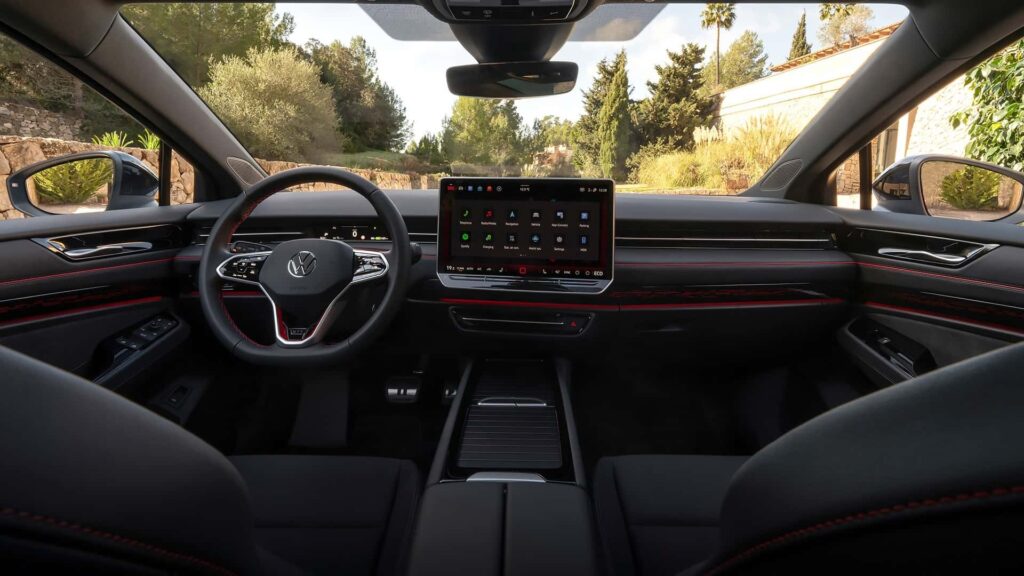
The interior of the ID.7 GTX is a haven of comfort and technology. High-quality materials and meticulous finishes create a refined and welcoming ambiance. The sport seats, enveloping, ensure perfect support under all circumstances, while the spacious cabin promises unmatched travel comfort for all passengers. The central touchscreen, a true digital dashboard, puts all the vehicle’s functionalities at your fingertips, from navigation to audio system management and driving settings.
Performance and Technology
Under the hood, the Volkswagen ID.7 GTX makes no compromises on performance. Equipped with two electric motors, one at the front and one at the rear, it offers all-wheel drive and an impressive combined power, allowing for lightning-fast accelerations while guaranteeing remarkable range. The large capacity battery ensures extended driving distance, thus meeting the demands of the most demanding drivers.
The onboard technology is at the cutting edge of innovation. The ID.7 GTX incorporates advanced driving assistance systems for optimal safety, as well as flawless connectivity for an intuitive and engaging user experience. The voice command, gesture recognition, and the integration of ChatGPT for intelligent interactions revolutionize how drivers interact with their vehicle.
Comparative of Motorization Versions and Finishes of the Volkswagen ID.7 GTX
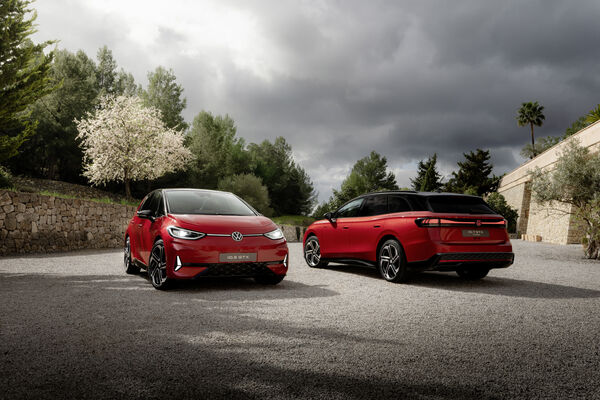
The Volkswagen ID.7 GTX comes in several versions, each offering specific features in terms of motorization and finishes, to meet the diverse needs and preferences of users. Here’s a revised comparative table, enriched with details on the finishes:
| Version | Power (hp) | Range (WLTP) | Recharge Time (10-80%) | Finishes |
|---|---|---|---|---|
| Standard | 340 | 625 km | 30 min | Comfort, Navigation |
| GTX Plus | 360 | 645 km | 28 min | Sport, Luxury |
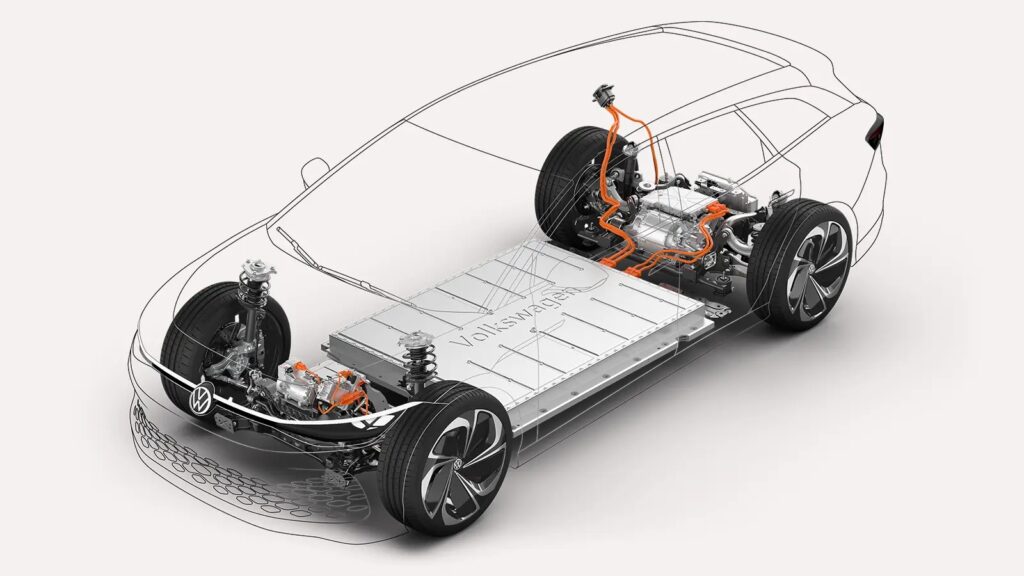
The two main versions, Standard and GTX Plus, differ not only in their power and range but also in their finishes. The Standard version offers an ideal balance between performance and comfort with standard equipment focused on practicality and efficiency. In contrast, the GTX Plus version emphasizes the sporty and luxurious character with superior finishes, including options such as leather sport seats, a premium audio system, and advanced driving aids.
Advantages and Technical Criteria
Beyond motorization, the versions of the Volkswagen ID.7 GTX present technical characteristics worth highlighting. With a spacious trunk offering a capacity of 605 liters, expandable up to 1714 liters with the rear seats folded down, the ID.7 GTX positions itself as a pragmatic choice for families and sports enthusiasts requiring generous loading space.
Driving is another area where the ID.7 GTX shines, thanks to its all-wheel-drive system that enhances stability and safety in various road conditions. However, it is important to note that the increased performance of the GTX Plus version may slightly impact the range compared to the Standard version, an aspect to consider for users prioritizing long distances.
In terms of technology and comfort, both versions offer a wide range of standard equipment, including a large central touchscreen, intelligent voice command, and advanced navigation system. The differences mainly lie in the additional comfort and luxury options available in the GTX Plus version.
Who are these main competitors?
Although the Tesla Model X, with its SUV design, is not a station wagon in the traditional sense, its ability to combine space, performance and range has long defined expectations for electric family vehicles. The Volkswagen ID.7 GTX and BMW i5 Touring enter this field with a different proposition: that of the electric station wagon, combining energy efficiency with a more traditional, functional design.
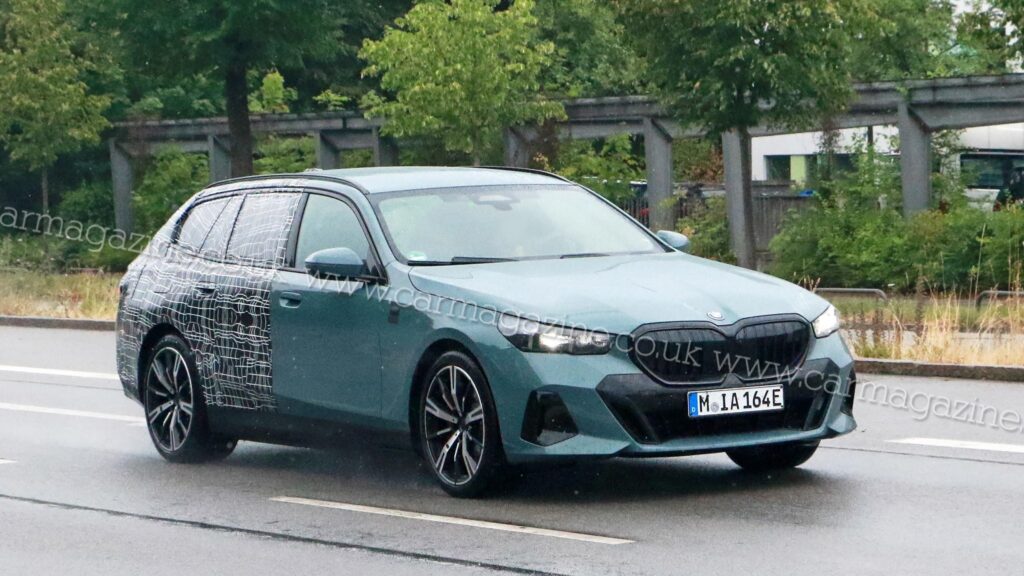
The BMW i5, with its clean lines and impressive performance, is a direct competitor to the ID.7 GTX. While the BMW emphasizes luxury and sportiness, the ID.7 GTX stands out for its generous space and commitment to more sustainable mobility. Each model has its own advantages, depending on the buyer’s priorities: performance versus space, luxury versus practicality.
The emergence of electric station wagons
This diversification into electric station wagons illustrates the growing maturity of the electric market. Once dominated by city cars and SUVs, the segment is expanding to include all types of vehicles, responding to an increasingly varied demand. Electric is no longer a niche, but is becoming the norm, accessible for all lifestyles and uses. This underscores the importance for automakers not to lag behind in this energy transition.
The place of electrics in everyday life
The integration of electric power into consumers’ daily lives raises questions about recharging infrastructure, vehicle range and the availability of resources. Technological advances and the expansion of charging networks are crucial to this transition.
As for the prospect of a Tesla electric station wagon, while the announcement of the attractively priced Tesla Model 2 has captured attention, it does not yet meet the demand for more spacious vehicles such as station wagons. However, the rapidly evolving market may well hold surprises in store, as Tesla has already demonstrated its ability to innovate and adapt to consumer expectations.
The ecological and economic impact of the ID.7 GTX
Adopting a Volkswagen ID.7 GTX is not just a lifestyle choice; it’s also a commitment to sustainability. Going electric with the ID.7 GTX means a significant reduction in CO2 emissions, helping to combat climate change. The absence of an internal combustion engine also reduces noise pollution, promoting a quieter, more pleasant urban environment.
Economically speaking, the ID.7 GTX stands out for its low running costs. Electricity is generally less expensive than petrol or diesel, and combined with the lower maintenance requirements of electric vehicles, this means significant savings for owners over the long term.
Conclusion
The rise of electric station wagons like the Volkswagen ID.7 GTX and the BMW i5 testifies to the transformation of the automotive market, striving to meet the diversified needs of consumers while embracing the environmental imperative. This dynamic suggests a future where electric will play a central role in our mobility, offering a range of vehicles suited to every need and contributing to a cleaner planet for future generations.
